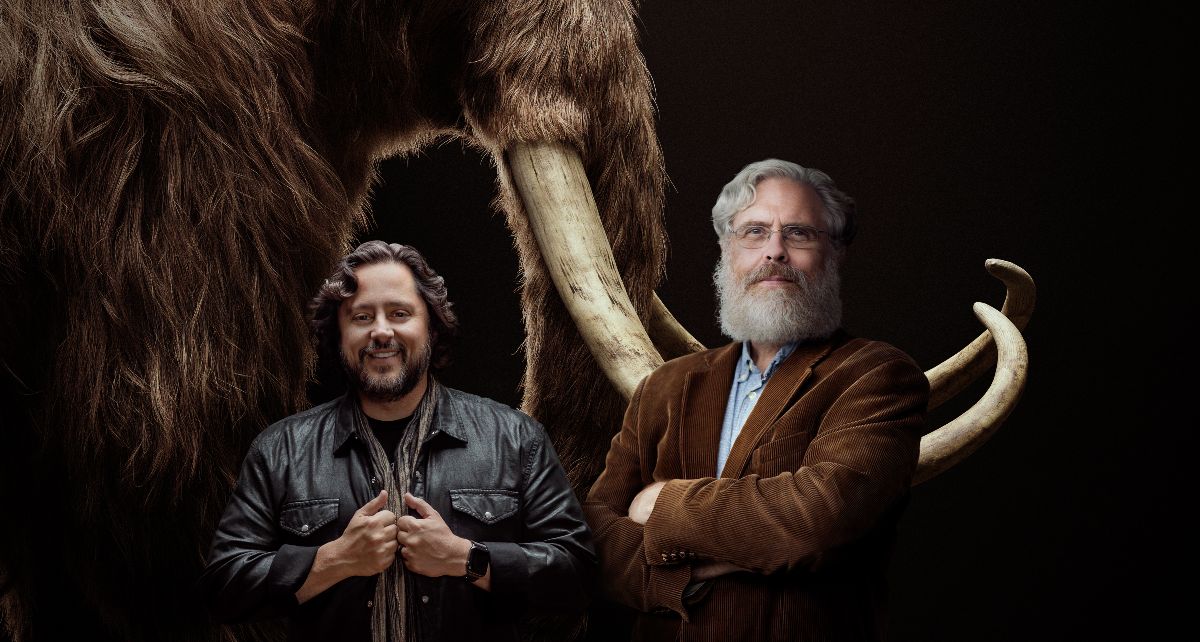Colossal Biosciences, known for its work in de-extinction biotechnology, recently announced the establishment of the Colossal Foundation, a new nonprofit aimed at applying cutting-edge science and technology to save some of the world’s most endangered species.
The Foundation has raised over $50 million and is backed by some of the most advanced biotechnology tools ever developed, and it’s bringing a fresh, high-tech approach to wildlife preservation.
“Our mission is not just to bring back extinct species, but to use our technology to prevent further loss and restore balance to our ecosystems,” CEO and Founder Ben Lamm told the Debrief.
A New Chapter
As Colossal Biosciences is only a few years old, the company wanted to establish itself as a key player in de-extinction and biotechnology before creating a non-profit. According to Lamm, it was all about timing.
“We had to get some progress under our belt,” he said.
Over the past few years, Colossal has been developing and testing its technologies on various projects, including looking at the de-extinction of the Wooly Mammoth. Now, with several successes in hand—including work on vaccines for elephant viruses and AI-powered tracking tools—the company feels it’s ready to make a broader impact.
The foundation is starting with $50 million in funding, and it plans to support conservation projects around the world. But it’s not just about funding; it’s also about collaborating with scientists, governments, and local communities to develop new tools and strategies for saving species.
What is De-Extinction?
De-extinction is the process of reviving extinct species through advanced biotechnological methods. It involves using genetic engineering and reproductive technologies to recreate species that have disappeared from the planet. While the concept might sound like science fiction, recent advances in genetic sequencing, cloning, and gene editing have made de-extinction possible.
For Colossal Biosciences, the focus is to bring back animals like the woolly mammoth, the Tasmanian tiger, and the dodo. Their approach to de-extinction involves several key steps. First, they identify a species that went extinct and locate the closest living relative. For example, Asian elephants share much of their genetic makeup with the woolly mammoth. Scientists then extract DNA from preserved remains of the extinct species, sequencing its genome to identify unique traits that distinguish it from its modern relatives.
Using CRISPR gene-editing technology, unique genes of an extinct species are added to the DNA of a closely related living species (a similar process to that described by Michael Crichton in Jurassic Park), which could then birth the genetic hybrid species.
Using De-Extinction for Conservation
Colossal Biosciences’s de-extinction work also has immediate applications for conservation. The technologies they develop to resurrect extinct species, such as genetic rescue and genome editing, can also be applied to critically endangered animals. They aim to use the same tools designed for de-extinction to address genetic bottlenecks and restore genetic diversity in species on the brink of disappearing forever. In this way, de-extinction isn’t just about the past—it’s about using cutting-edge science to shape the future of biodiversity.
“We’re interested in how can we help identify the core competencies that Colossal has and how can we apply those back to the conservation preservation restoration of endangered species and populations,” Matt James, Chief Animal Officer at Colossal Biosciences, told the Debrief.
The Biobank and the Future of Conservation
As a non-profit, one of Colossal Foundation’s most intriguing aspects is its effort to create a global biobank, called the Colossal BioVault. While traditional biobanks focus on storing frozen tissue samples, the BioVault will take things further. It will collect tissue from different regions, do full genome sequencing, and even create “immortalized” cell lines that could be used for de-extinction or biodiversity procedures in the future.
“A lot of existing biobanks are proprietary, which makes collaboration difficult. Our goal is to create an accessible, global network,” said Lamm.
James added that the BioVault is about more than just physical samples. It’s also about taking a “snapshot” of biodiversity today.
He elaborated, “The mission is to focus on species that aren’t currently represented in banks, zoos, or museums. ”
By building a more comprehensive repository, the Colossal Foundation hopes to give future scientists the tools to restore lost species if the worst happens.
“We want to ensure that conservation efforts are not just reactive but proactive and forward-thinking,” said Lamm.
Kenna Hughes-Castleberry is the Science Communicator at JILA (a world-leading physics research institute) and a science writer at The Debrief. Follow and connect with her on X or contact her via email at kenna@thedebrief.org

